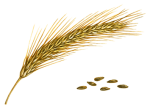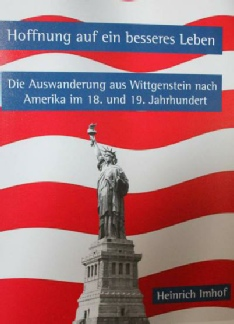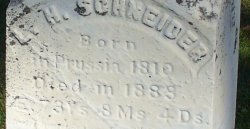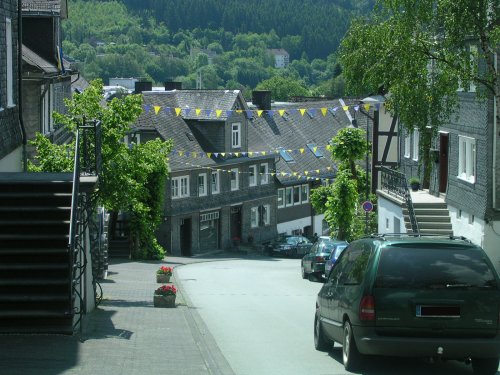While painstaking research by a German professor in the early 1900s (Dr. E. E. Becker) uncovered a wide variety of spellings from the 1200s on, it was quite clear that the name represented two elements.
The more-obvious is the second element of Esel which means donkey in German. From the earliest times, the Riedesel knights used a donkey’s head in their “coat of arms” (Wappen) and in their seals. Other knightly families also used this emblem and had Esel in their names. The meaning of the first element is more ambiguous, but Dr. Becker believed that it derived from the word to “ride.” Donkeys were in fact used as mounts in medieval warfare.
The simplest and most-correct historically meaning is thus “donkey rider.” We’ve too often seen a translation of “swamp donkey”, but that has no historical basis whatsoever.

This basic Wappenschild was used by some of the now-extinct Riedesel zu Josbach, to whom I believe we Americans are vaguely related (as opposed to the still-flourishing Riedesel Barons zu Eisenbach). The three thistle leaves in its mouth are typical of all branches, but this donkey faces to the left. In the heraldry of the Riedesel zu Eisenbach, the donkey invariably faces forward.
 Where some acquaintances get “Rye-diesel” I don’t know, and I try not shudder. I mean, there is a place for bio-fuels but they were not part of our heritage.
Where some acquaintances get “Rye-diesel” I don’t know, and I try not shudder. I mean, there is a place for bio-fuels but they were not part of our heritage.

